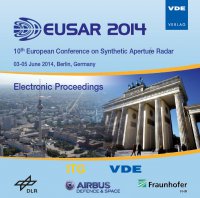Tropospheric and Ionospheric Effects in Spaceborne Single-Pass SAR Interferometry and Radargrammetry
Conference: EUSAR 2014 - 10th European Conference on Synthetic Aperture Radar
06/03/2014 - 06/05/2014 at Berlin, Germany
Proceedings: EUSAR 2014
Pages: 4Language: englishTyp: PDF
Personal VDE Members are entitled to a 10% discount on this title
Authors:
Krieger, Gerhard; De Zan, Francesco; Bachmann, Markus; Lopez Dekker, Paco; Kim, Jun Su (DLR, Microwaves and Radar Institute, Germany)
Rodriguez Cassola, Marc (Microwaves and Radar Institute, Germany)
Abstract:
It has often been claimed that spaceborne single-pass cross-track SAR interferometry is – up to an overall range shift – not affected by atmospheric effects. A closer analysis reveals, however, that both the troposphere and the ionosphere may cause notable phase, range and height offsets even in a single-pass interferometer. One such offset is due to slightly different incident angles which cause different path lengths through both the troposphere and the ionosphere. Another subtle effect arises from the wavenumber shift in combination with a dispersive medium like the ionosphere, which may induce differential range offsets in coherent radargrammetry. The analyses in this paper are not only of importance for future low-frequency bistatic SAR missions like Tandem-L, but they may also shed some new light on how the ionosphere can influence repeat-pass interferometry and radargrammetry in case of non-vanishing cross-track baselines.


